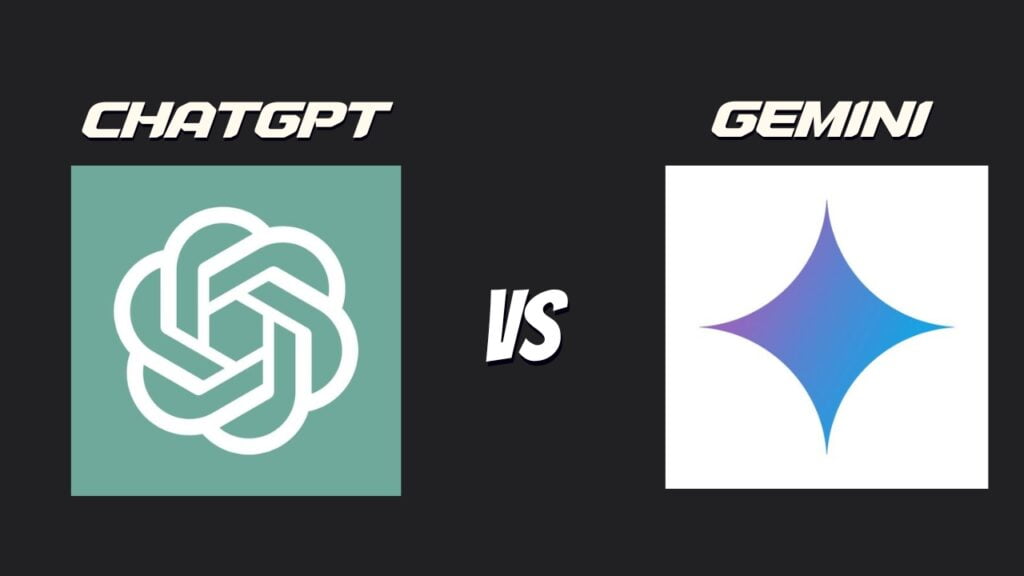In today's competitive business landscape, growing your brand is essential for long-term success. Whether you're a startup or an established business, building a strong brand can help you stand out from the competition, attract new customers, and foster loyalty among your existing audience.
In this comprehensive guide, we'll explore effective strategies to help you grow your brand and achieve your business goals.
Page Contents
How To Grow Brand Online
Growing a brand involves a strategic approach that encompasses various aspects of branding, marketing, and business development.
Here are some key steps to help you grow your brand:
1. Research and Planning
Market Analysis:
Conduct a comprehensive analysis of the market to understand your target audience, competitors, and industry trends. This involves gathering data on consumer behavior, market size, growth projections, and competitor strategies. Identify gaps and opportunities that can be leveraged to differentiate your brand.
Brand Positioning:
Define your brand's unique value proposition and positioning in the market. Determine what sets your brand apart from competitors and how you can communicate this effectively to your target audience.
This involves understanding the needs and preferences of your target audience and positioning your brand as the solution to their problems or desires.
2. Building a Strong Foundation
Brand Identity:
Develop a strong brand identity that resonates with your target audience. This includes creating a memorable logo, selecting brand colors and typography that reflect your brand's personality, and establishing a consistent brand voice.
Your brand identity should be reflected in all aspects of your business, from your website to your marketing materials.
Website Development:
Create a professional website that serves as the online hub for your brand. Your website should be visually appealing, easy to navigate, and optimized for search engines (SEO).
It should also clearly communicate your brand's value proposition and make it easy for visitors to learn more about your products or services and make a purchase.
Content Strategy:
Develop a content strategy that aligns with your brand's values and resonates with your target audience. This includes creating high-quality, valuable content that addresses the needs and interests of your audience.
Your content strategy should include a mix of blog posts, videos, infographics, and other types of content that can help you engage with your audience and build brand awareness.
3. Establishing an Online Presence
Social Media Marketing:
Use social media platforms to build brand awareness, engage with your audience, and drive traffic to your website.
Develop a social media strategy that includes creating and sharing relevant content, engaging with your audience, and monitoring your social media channels for feedback and opportunities.
Influencer Partnerships:
Collaborate with influencers and thought leaders in your industry to reach a wider audience and enhance your brand credibility. Identify influencers who align with your brand values and have a strong following among your target audience.
Email Marketing:
Build an email list and create personalized email campaigns to nurture leads, promote your products or services, and drive conversions.
Use email marketing automation tools to streamline your email campaigns and track their effectiveness.
4. Engaging with Your Audience
Customer Engagement:
Foster meaningful relationships with your audience through interactive content, social media interactions, and personalized communication. Encourage feedback and respond promptly to customer inquiries and concerns.
Customer Feedback:
Collect and analyze customer feedback to understand their needs and preferences. Use this information to improve your products or services and enhance the customer experience.
5. Expanding Your Reach
Partnerships and Collaborations:
Form partnerships with complementary brands or organizations to expand your reach and access new markets. Look for opportunities to collaborate on marketing campaigns, events, or product launches that can help you reach a wider audience.
Public Relations:
Develop a PR strategy to generate buzz around your brand through media coverage, press releases, and events. Identify media outlets and influencers that cater to your target audience and pitch them stories or ideas that showcase your brand in a positive light.
6. Scaling Your Brand
Product Expansion:
Continuously innovate and expand your product or service offerings to meet the evolving needs of your customers. Conduct market research and gather feedback from customers to identify new product opportunities.
Distribution Channels:
Explore new distribution channels to reach a wider audience and increase your sales. This could include selling through online marketplaces, partnering with retailers, or opening your own brick-and-mortar stores.
7. Measuring Success
Key Performance Indicators (KPIs):
Define and track KPIs such as brand awareness, customer engagement, and sales to measure the success of your branding efforts. Use analytics tools to track your progress and make data-driven decisions to optimize your branding strategy.
Analytics and Data Analysis:
Use data analytics to gain insights into your audience's behavior and preferences. Analyze the data to identify trends, patterns, and opportunities that can help you refine your branding strategy and improve your overall business performance.









